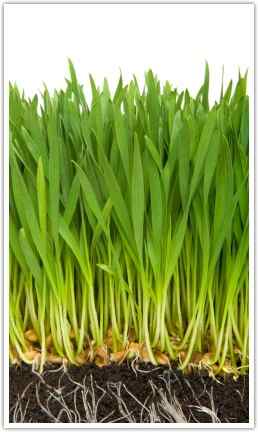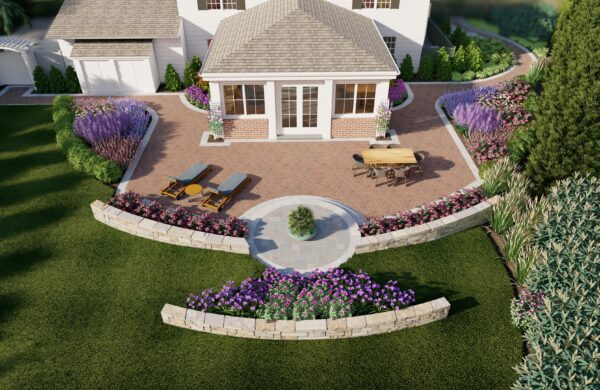GOING ‘GREEN’ – IT’S ALL ABOUT THE SOIL
For many of us, living in the suburbs goes hand in hand with maintaining a weed-free lawn that is as close to a lush, green carpet as possible. Likewise, healthy trees, shrubs and perennials are part of the reason we enjoy our homes. Historically maintained using chemical fertilizers and pest control, if you are like many eco-conscious homeowners, you now want to make your garden as environmentally friendly as possible…..while still having it look great.
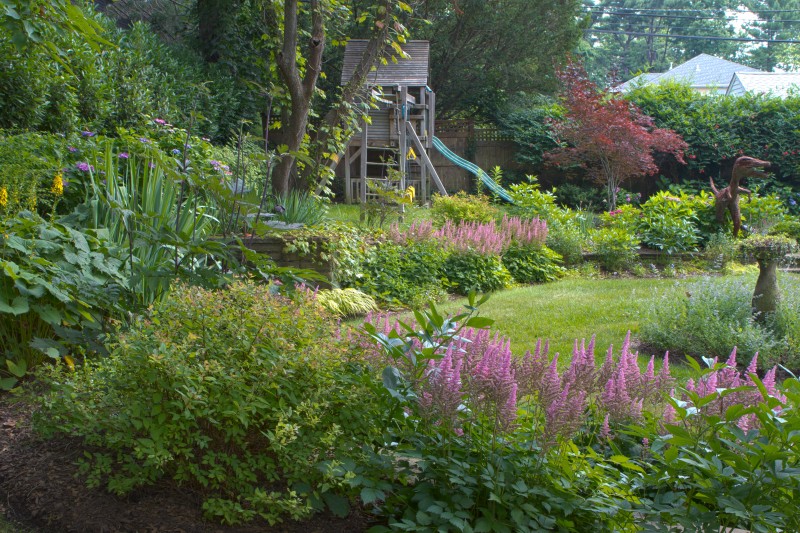

Organic care involves treating your landscape as a whole living system where the soil, plants, and animals within that system are interdependent and sustain each other. Focusing on soil health will result in healthy plants, leading to an attractive and non-toxic environment that supports balance and biodiversity.
Organic lawn care eliminates the use of chemical herbicides and pesticides, as well as nitrates and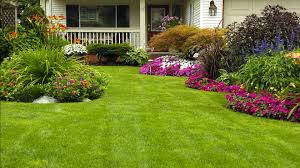
Dial Environmental explains, “ The benefits of organically based plant care start with the soil itself, ensuring plants can absorb all the nutrients to thrive. With the applications, grass and other ornamentals will be healthier and more disease resistant, defend against insects and invasive weeds. By comparison, synthetic fertilizers provide quick bursts of color and growth but do not hold up. In most cases, improvements will be seen within one full growing season.”
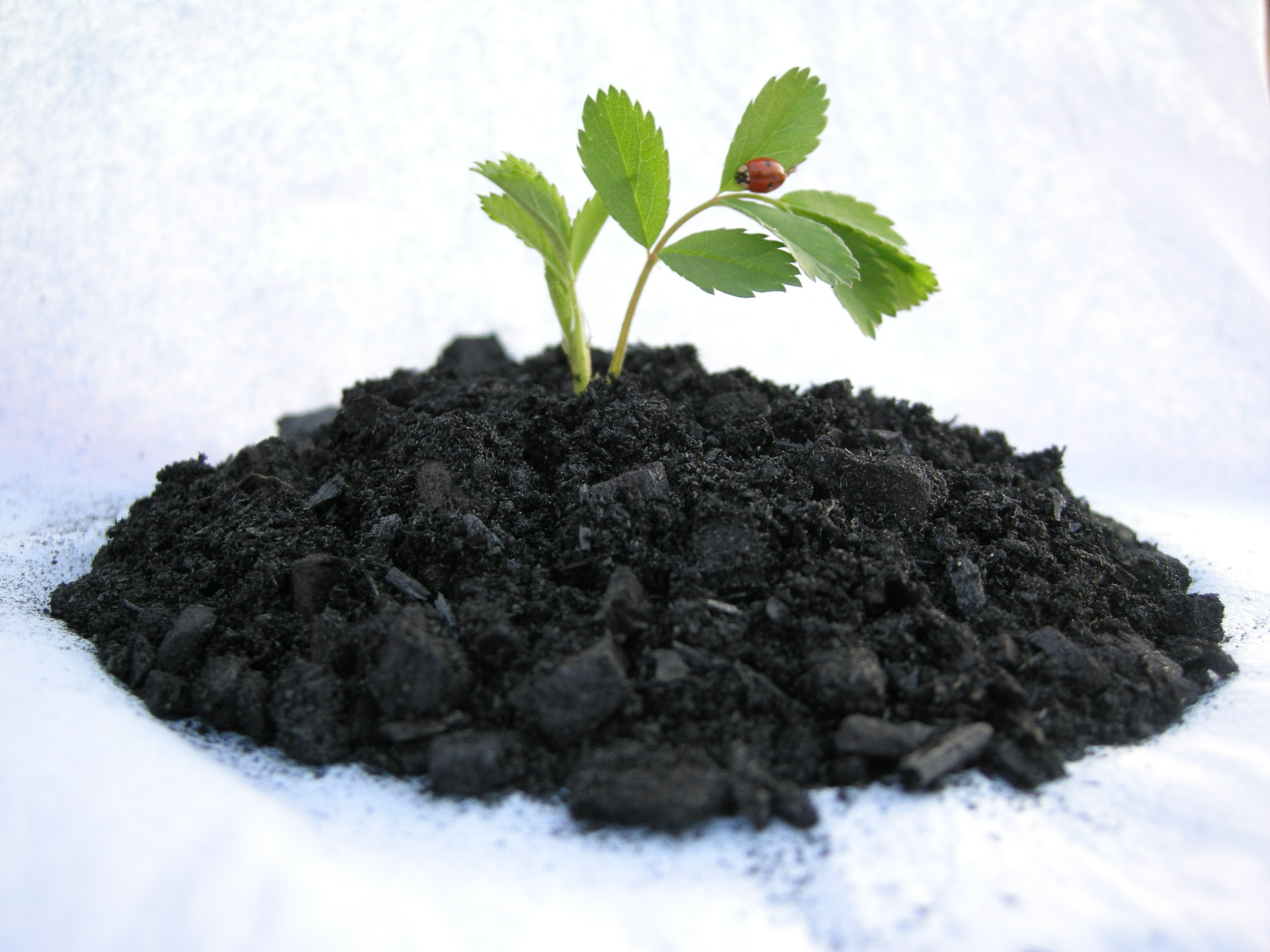
Any use of pesticides should be the last resort after correctly identifying the problem, correcting any underlying problem (s), and monitoring according to the Rutgers Cooperative Extension.
When diseases or insect infestations do require pesticides, organic alternatives like horticultural oil, insecticidal soap, and botanical products like neem oil and chrysanthemum-based pyrethrum are environmentally responsible and effective choices. The introduction of beneficial predators including ladybugs, lacewings and predatory mites is another natural method used to eliminate harmful pests. It may take several seasons to establish the predator/prey ecosystem in your yard, but it’s well worth the wait.
The Suburban Lot is a monthly blog that highlights topics and issues unique to the suburban landscape. For assistance with any of the above information, please contact Mierop Design, a complete resource for landscape design, installation and property maintenance services.
